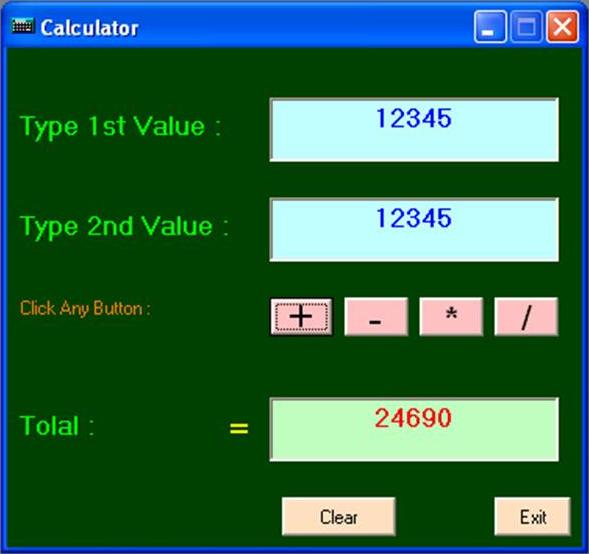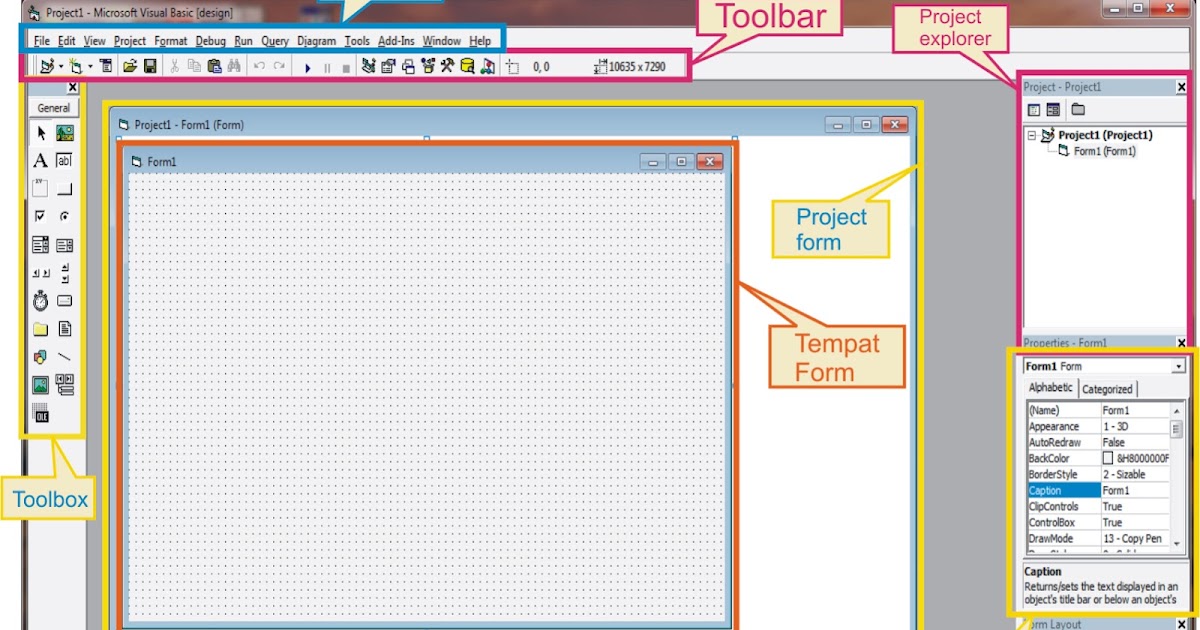

(filesListBox.SelectedItem IsNot Nothing) When you click Browse the first time, the Browse For Folder dialog box opens to the current directory.Īdd the following SetEnabled method. This code sets the default directory of the folder browser to the current directory. ' Set the default directory of the folder browser to the current directory.įolderBrowserDialog1.SelectedPath = My. Verify that the log entry is written to the log.txt file.Ĭreate an event handler for Form1_Load by double-clicking the form.Īdd the following code to the event handler. Browse to a text file, select it in the ListBox, select the Save Results check box, and then click Examine. The WriteAllText method, with the append argument set to True, is used to create the log entry. The text of the log entry is set to the current date and time followed by the file information. The code sets the log file path to put the log file in the same directory as that of the selected file. ' Place the log file in the same folder as the examined file.ĭim logFolder As String = My.(filePath).DirectoryNameĭim logFilePath = My.(logFolder, "log.txt")ĭim logText As String = "Logged: " & & A MessageBox shows the file information.Īdd the following code to the end of the examineButton_Click event handler. Select a file in the ListBox, and then click Examine. Click Browse, and browse to a folder that contains. The first line of the contents is obtained from the StreamReader and is added to the StringBuilder. The OpenTextFileReader method reads the file contents into a StreamReader. The file parameters are added to a StringBuilder. The code uses the GetFileInfo method to obtain file parameters. Sb.Append("First Line: " & sr.ReadLine()) ' Create a new StringBuilder, which is usedĭim sb As New ()ĭim thisFile As System.IO.FileInfo = My.(filePath) Throw New Exception("File Not Found: " & filePath) Private Function GetTextForOutput(ByVal filePath As String) As String The file information appears in a MessageBox.Īdd the following GetTextForOutput method. This method returns a string that contains file information. The file path is sent as an argument to the GetTextForOutput method, which is added in the next step. The FileExists method is used to check whether the file still exists. It then obtains the file path entry from the ListBox. The code verifies that an item is selected in the ListBox. MessageBox.Show("File Not Found: " & filePath)ĭim fileInfoText As String = GetTextForOutput(filePath) ' Verify that the file was not removed since the ' Obtain the file path from the list box selection.ĭim filePath = If filesListBox.SelectedItem Is Nothing Then To obtain attributes of a file, and content from a text fileĬreate a Click event handler for examineButton by double-clicking the control on the form.Īdd the following code to the Click event handler. txt files, and then select the folder and click OK. In the Browse For Folder dialog box, browse to a folder that contains. The strings that are returned by the GetFiles method are then added to the ListBox. In this example, only files that have the extension. The GetFiles method accepts a search pattern argument to retrieve files that match a particular pattern. The GetFiles method then retrieves a collection of strings, one for each file in the directory. Private Sub ListFiles(ByVal folderPath As String)ĭim fileNames = My.(įolderPath,, "*.txt") After the user clicks OK, the SelectedPath property is sent as an argument to the ListFiles method, which is added in the next step.Īdd the following ListFiles method.

The FolderBrowserDialog1.ShowDialog call opens the Browse For Folder dialog box. If FolderBrowserDialog1.ShowDialog() = DialogResult.OK Then The Code Editor opens.Īdd the following code to the Click event handler. To select a folder, and list files in a folderĬreate a Click event handler for browseButton by double-clicking the control on the form.
CREATE PDF FILE FROM VB6 CODE VISUAL BASIC WINDOWS
Visual Studio adds the project to Solution Explorer, and the Windows Forms Designer opens.Īdd the controls in the following table to the form, and set the corresponding values for their properties. In the Name box, type FileExplorer to set the project name, and then click OK. In the Templates pane in the middle, click Windows Forms Application. In the Installed Templates pane, expand Visual Basic, and then click Windows. For more information, see Personalizing the IDE. The Visual Studio edition that you have and the settings that you use determine these elements. Your computer might show different names or locations for some of the Visual Studio user interface elements in the following instructions.


 0 kommentar(er)
0 kommentar(er)
